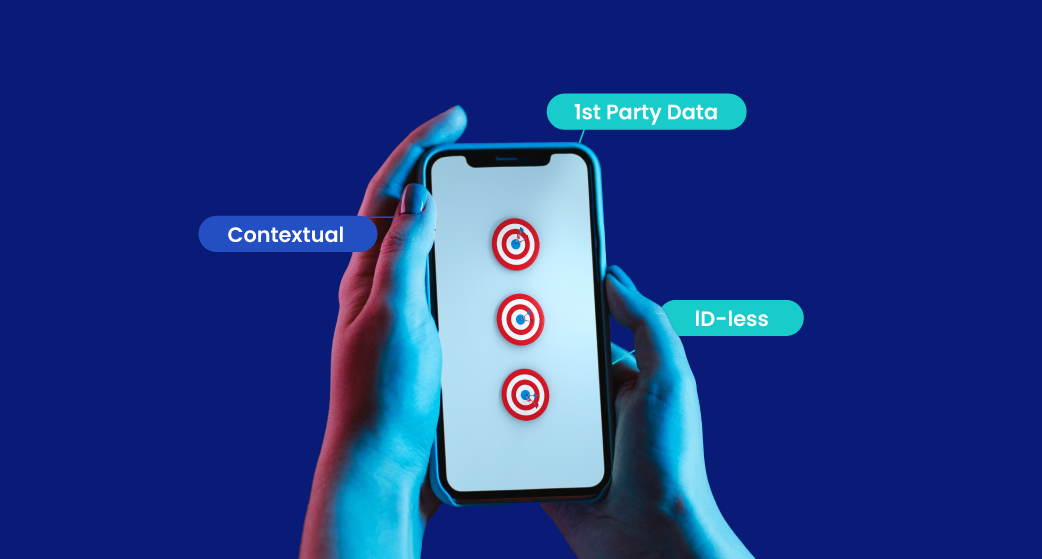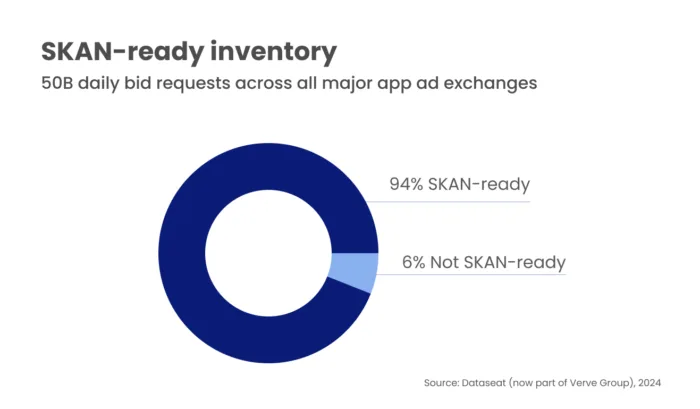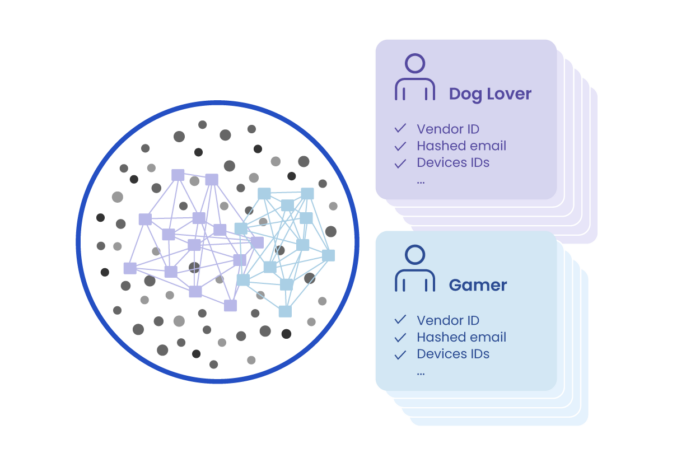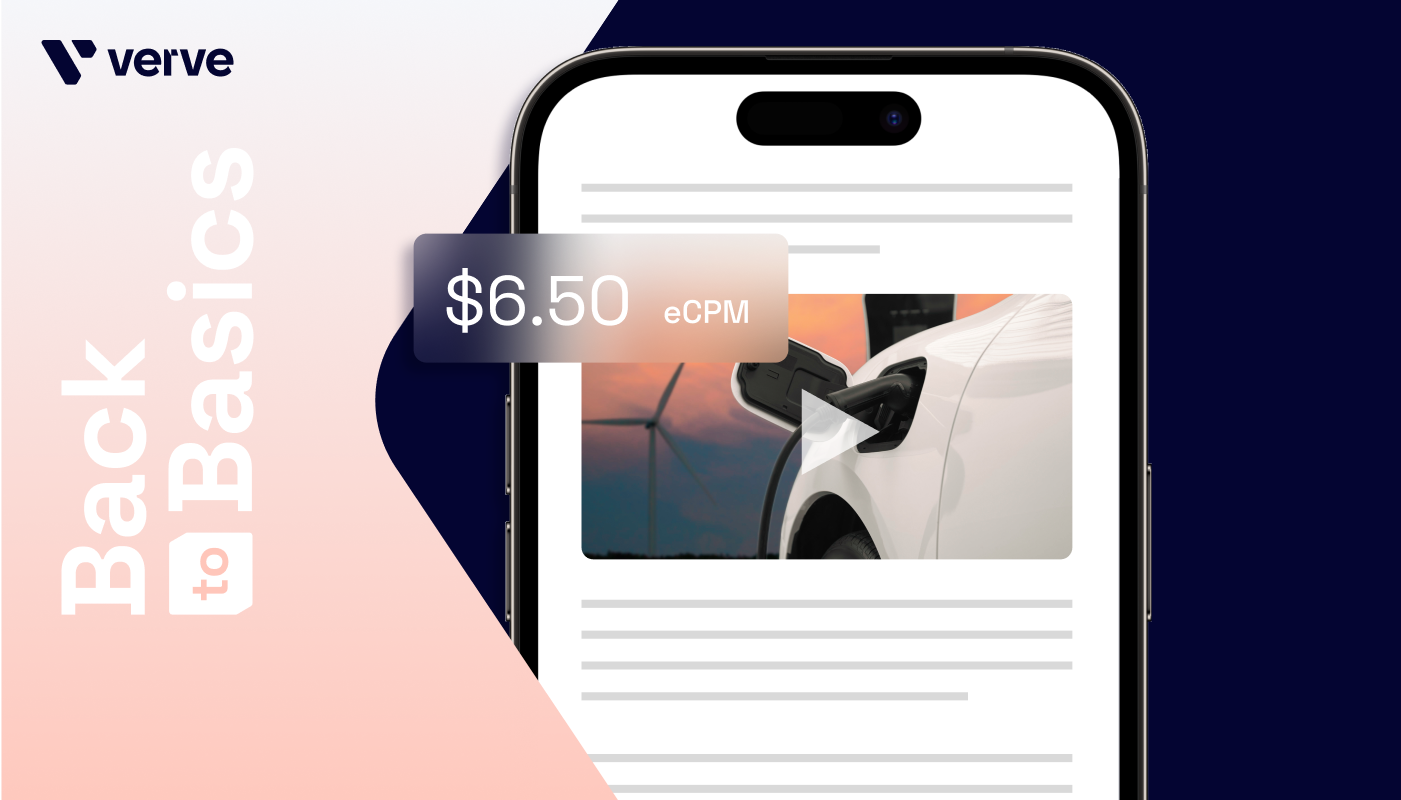Will mobile targeting without cookies ever work as well as the good old days? Marketers are facing formidable challenges when advertising to mobile users. On iOS, they’re contending with Apple’s App Tracking Transparency (ATT) — this prevents tracking, drastically limiting ad attribution when consumers opt out of mobile identifiers (IDFA). Then they face third-party cookie deprecation on Chrome and Safari.
Editor’s note: In the few days since we first published this, Google changed the cookie deprecation timeline yet again!
This clampdown on tracking has major effects, making it harder to target and retarget users accurately. Longstanding methods for cookie- or ID-based measurement and attribution are out the window, too.
How can marketers effectively target mobile users with the right ads in this cookieless world? Below, we explore five ways advertisers can own targeting outcomes on mobile.
Contextual targeting: a privacy-friendly approach
Without cookies, contextual targeting is king. Contextual advertising flips the script of digital marketing. Brands target content, not consumers. For example, a bike helmet ad makes perfect sense embedded in an article about the Tour de France. The helmet brand doesn’t need any user data to get their product in front of an interested, engaged audience.
Clear advantages of contextual targeting
Contextual targeting is a cookieless win-win for advertisers and consumers.
-
- Privacy-friendly targeting
Instead of relying on users’ personal data, contextual advertising targets content based on metadata, keywords, semantic analysis, and other signals.
- Privacy-friendly targeting
-
- Better user experience and brand-building
Because the user has already opted into viewing the content, the ad experience is relevant to their needs and intents. The ads complement the content and foster positive brand sentiment.
- Better user experience and brand-building
-
- Brand safety and control
Brands can also ensure their ads appear alongside suitable content, avoiding negative associations with irrelevant or potentially harmful material.
- Brand safety and control
-
- More effective ads
According to the latest statistics, contextual ads have a 50% higher click rate and 30% better conversion rate than non-contextual ads. In fact, 74% of marketers are already using contextual data to improve their advertising in this cookieless world.
- More effective ads
The future is getting even brighter for advertisers using contextual targeting. Contextual technology is rapidly advancing to give advertisers better results. Some solutions can now classify content in real time (instead of days or weeks) and discern nuances in the tone of the content so advertisers can match ads to the context.
First-party data: Use what you have
With the death of third-party IDs and cookies, the easiest way to learn about your users is probably in your servers. First-party data is the data your company has directly collected from your audience — your mobile app users, your ecommerce store customers, your website visitors, and more. In fact, 78% of businesses consider first-party data the most valuable source of data for serving personalized campaigns to audiences. It is vital data that you have in abundance — now you need to put it to work.
Benefits of first-party data
While there are many benefits to using first-party data, these three stand out.
-
- Better understanding of your audience
This data comes directly from your users and customers. It provides a richer understanding of who they are – from their preferences and behavior to their purchase history.
- Better understanding of your audience
-
- Improved segmentation, personalization, and engagement
First-party data improves all segmentation and personalization efforts, which, in turn, improves customer engagement. That is, if you tailor marketing campaigns to your audience’s preferences, behavior, and purchase history.
- Improved segmentation, personalization, and engagement
-
- Better accuracy, less errors
The great thing about having your own data? You have more control over the data’s accuracy, reducing inconsistencies from third-party data sources.
- Better accuracy, less errors
Mobile cohorts: Cohort-based targeting
Mobile cohorts strike a balance between contextual targeting (which requires absolutely no user data) and hyper-personalized targeting and retargeting that’s based on a single user’s data (often via cookies).
That’s because cohort-based targeting groups mobile users into segments (a.k.a. “cohorts”) based on shared characteristics or behaviors. Advertisers can then target these like-minded users at an aggregate level as a single cohort.
Cohort-based targeting is also another critical use case for first-party data. To make targeting more effective, building specific cohorts often involves data enrichment beyond basic demographics, device characteristics, and behavioral data.
How does cohort-based targeting help advertisers?
In the absence of device IDs and PII, cohorts offer key benefits for brands and advertisers.
-
- Previously unaddressable mobile users are now targetable
-
- More control for brand-safe ad placements
-
- Better forecasting, pacing, and ad rotations
AI-assisted campaign optimization and personalization
While using artificial intelligence (AI) and machine learning (ML) in ad tech is nothing new, recent advancements and integrations with various marketing platforms have made this technology more actionable for advertisers. AI and ML can improve segmentation and optimize bidding to offer up the most relevant ads while spending ad budgets better.
Mobile advertisers should also be exploring strategies for personalization that increases both engagement and conversion rates — despite limitations of user data collection. By analyzing in-app user actions to learn preferences, you can create marketing experiences based on recent searches, purchase history, behavior, and other signals. This leads to campaigns that truly connect with users.
Scalable optimizations via AI
How are advertisers, brands, and ad tech platforms already using AI and machine learning for better mobile outcomes? (Hint: it’s not using generative AI for cookie-cutter content.)
“Over the past two decades, from a machine learning and data science perspective, we have seen the rise of autonomous bidding agents,” said Dr. Matina Thomaidou, VP & Head of Data Science at Dataseat (part of Verve) at a recent IAB Europe panel on AI in programmatic advertising.
“This is something that we are using regularly in every lever of the campaign. From audience segmentation, audience targeting, budget optimization, and bidding strategies, we are using it everywhere.”
Mastering SKAN campaigns with machine learning
Mobile marketers face iOS-specific challenges, especially for user acquisition campaigns. With the challenge of maintaining user privacy while serving ads to iOS users, marketers who are not adopting SKAN 4.0 (StoreKit Ad Network) – Apple’s framework for preserving privacy while giving mobile app installs the right attribution – are missing out.
Despite the common misperception that SKAN inventory is scarce, a recent Dataseat analysis of over 50 billion ad impressions across all major ad servers found that 94% of iOS inventory is already SKAN-ready.
Dataseat also recently pioneered new ML techniques to optimize SKAN-only campaigns to deliver impressive results. One early success story comes from a major mobile advertiser, which worked with Dataseat to achieve 25% lower CPIs and a 64% increase of IPM (installs per 1,000 impressions).
Identity solutions: Privacy-enhanced tech
With IDs and cookies deprecating, discerning identity becomes a real challenge. But there are still privacy-compliant technologies that enhance cookieless targeting across different channels.
For example, data clean rooms are secure spaces where multiple companies can collaboratively analyze data while still prioritizing user privacy. They bring their first-party data into a controlled environment and combine them for specific goals such as measuring ad campaign performance or identifying common customer segments – all without revealing individual user information.
Related to data clean rooms are collaborative identity graphs (CIGs). These identity graphs build a shared understanding of users across various platforms and devices – once again without directly revealing individual identities.
Dive deeper
Identity and identifiers are top-of-mind for advertisers and publishers, especially in mobile. That’s why we published Identity: Decoded, a one-stop shop for understanding the opportunities and challenges in current ad-tech dynamics.
Looking for even more resources on post-cookie advertising success? Feel free to reach out anytime, or subscribe to our newsletter below to keep up with the latest and greatest in ad tech.










